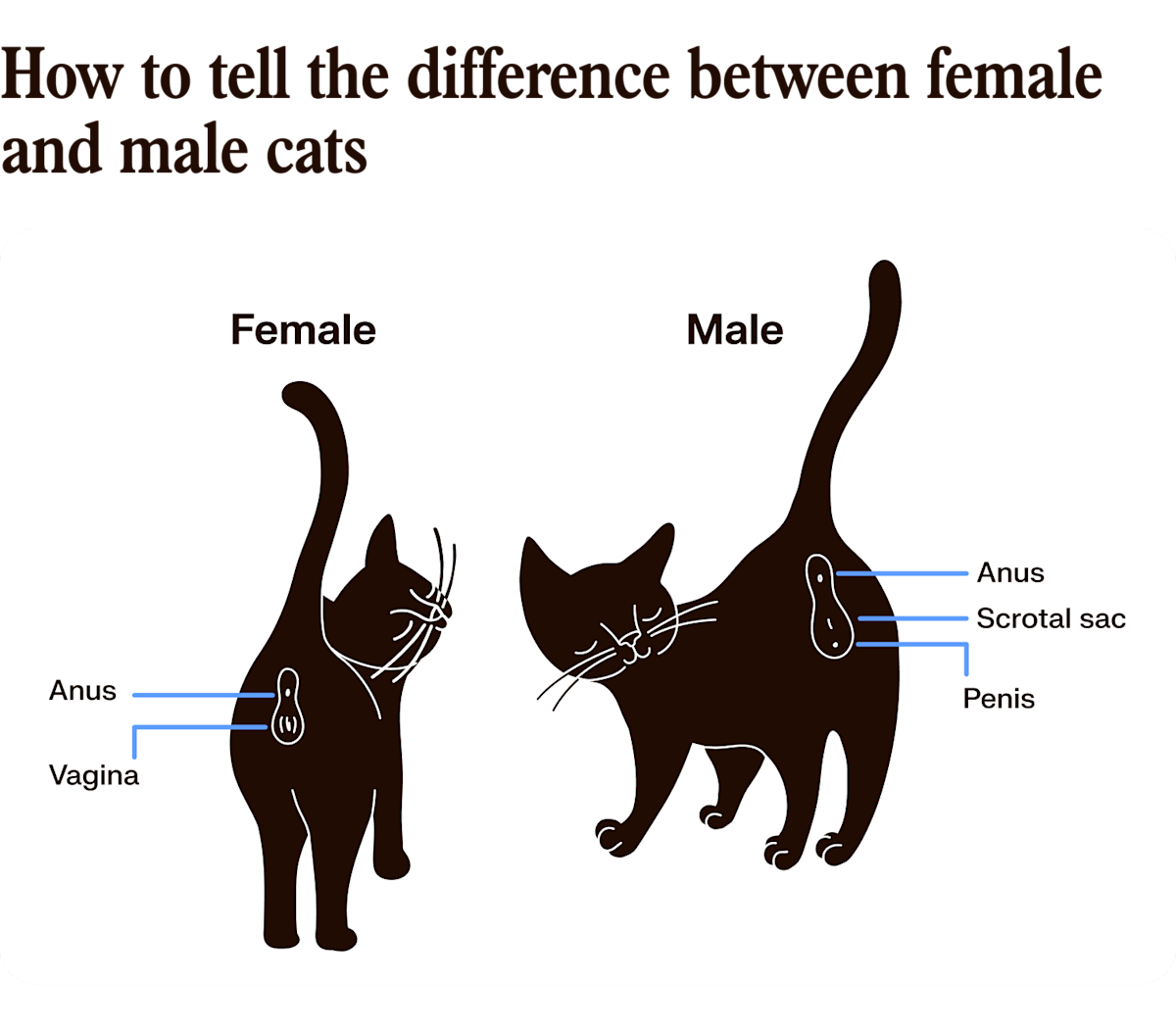Have you ever wondered what cat mating looks like? If you’re curious about your feline friend’s behavior during this natural process, you’re in the right place.
Understanding cat mating can help you recognize signs, keep your pet safe, and make informed decisions about their care. Stick with me, and you’ll discover everything you need to know about this fascinating aspect of cat life—clearly and simply. Ready to learn more?
Let’s dive in.

Credit: www.mediastorehouse.com
Cat Mating Behavior
Understanding cat mating behavior can help you recognize what’s happening when your feline friends enter this natural phase of life. Cats don’t just mate randomly; their behavior follows distinct patterns that signal readiness and intention. Knowing these signs can deepen your connection with your pets and help you manage their needs responsibly.
Courtship Rituals
Cats have unique courtship rituals that may surprise you. Male cats often approach females with gentle nuzzles and soft meows, trying to gain their attention without causing fear.
They might also exhibit playful chasing or rubbing their bodies against the female to show interest. This slow and careful approach helps the female feel safe and more willing to engage.
Signs Of Readiness
You can spot when a female cat is ready to mate by her behavior and vocalizations. She often becomes more vocal, making loud yowls that can sound almost like crying.
Her body language changes too—she may assume a posture with her hindquarters raised and tail to the side, signaling she’s open to mating. Noticing these signs early allows you to prepare or intervene if needed.
Female Cat’s Role
The female cat plays a crucial role in the mating process. She controls the interaction by deciding if and when to accept the male’s advances.
Her responses guide the male’s behavior—if she’s uninterested, she may hiss or swipe. But when receptive, she remains calm and encourages mating by staying still and purring.
Male Cat’s Approach
The male cat's approach to mating is a fascinating mix of instinct, strategy, and sometimes, sheer persistence. Understanding how a male cat behaves during this time can help you recognize the natural patterns and challenges he faces. Observing these behaviors offers a clearer picture of what mating looks like from the male’s perspective.
Territorial Displays
Male cats often mark their territory aggressively to ward off rivals. They use scent marking through spraying urine, which contains pheromones that signal their presence and reproductive status.
This territorial behavior is not just about space; it’s about sending a message to other males and potential mates. Have you noticed how your male cat suddenly becomes more vocal and restless when a female is nearby? That’s part of his territorial display kicking in.
Mating Techniques
Once a male cat finds a receptive female, his approach becomes more direct. He will often follow her closely, nudge her, and sometimes bite the back of her neck gently to hold her in place.
This behavior might seem rough, but it’s natural and part of the mating ritual. The male uses body language and vocalizations to communicate his intentions and readiness, making the process smoother for both.
Challenges And Competition
Male cats face stiff competition during mating season. Rival males often engage in fights to gain access to a female, which can be intense and sometimes result in injuries.
Competition isn’t just physical; it also involves patience and timing. The male that times his approach right and reads the female’s signals well increases his chances of success. Have you ever seen how some cats patiently wait their turn rather than rushing in?
Unique Mating Traits
Cats have unique traits during mating that differ from many other animals. These behaviors and sounds serve specific purposes. They help cats communicate and complete the mating process effectively. Understanding these traits offers insight into feline nature and instincts.
Vocalizations During Mating
Female cats often make loud, sharp cries during mating. These sounds attract males and signal readiness. Males may also vocalize to show dominance or interest. The vocalizations can be surprising and loud, but they are normal.
Physical Characteristics
Male cats have barbed penises, which help stimulate ovulation in females. This unique feature causes the female to ovulate shortly after mating. Female cats display a raised hindquarters posture to invite the male. Both cats exhibit body language that signals readiness and acceptance.
Post-mating Behavior
After mating, female cats often groom themselves to reduce scent traces. Males usually leave quickly to avoid aggression from the female. Females may become restless or vocal after mating. This behavior ensures the mating process is brief but effective.
Breeding Cycle Timing
Understanding the timing of a cat’s breeding cycle is essential if you’re curious about what cat mating looks like. It’s not just about the act itself but when it happens that matters. The timing influences the cat’s behavior and readiness, which can surprise even experienced cat owners.
Seasonal Patterns
Most cats are seasonal breeders, meaning their mating activity peaks during certain times of the year. Typically, spring and early summer bring an increase in female cats going into heat. If you notice your cat acting restless or vocal during these months, it’s because her body is signaling the breeding season.
Indoor cats may show less obvious seasonal patterns due to artificial lighting and controlled environments. But outdoor cats often follow nature’s schedule closely. Have you ever observed your cat’s behavior change with the seasons? That’s your clue to her breeding cycle.
Heat Cycle Duration
A female cat’s heat cycle usually lasts around 7 to 10 days, but this can vary. During this time, she will be more affectionate, vocal, and may display behaviors like rolling on the floor or rubbing against objects. These signs are clear indicators she’s ready to mate.
If the female doesn’t mate during this cycle, she will go out of heat for a short break before starting another cycle. This pattern can repeat every two to three weeks until she successfully mates. Knowing this can help you predict when your cat is most likely to seek a mate.
Optimal Mating Times
The best time for mating is during the female’s peak heat, usually in the middle of her cycle. This is when she is most receptive and the chances of successful breeding are highest. Male cats can sense this and often become more attentive and competitive.
If you’ve ever seen male cats fighting or following a female closely, it’s likely because she’s at her prime mating time. Timing matters not only for natural breeding but also for those managing cat populations or planning litters. Are you paying attention to these critical windows?
Health And Safety
Cat mating can be a natural yet risky process. Understanding health and safety is key for pet owners. Knowing the dangers and how to prevent problems helps keep cats safe and healthy. Proper care before, during, and after mating protects both cats and their kittens.
Risks During Mating
Mating can cause injuries to cats. Male cats have barbed penises that may hurt females. Females might scratch or bite males in pain or fear. Stress and aggression can lead to fights. Diseases like feline immunodeficiency virus (FIV) and feline leukemia virus (FeLV) spread through mating. Parasites and infections can also pass between cats.
Preventing Unwanted Pregnancies
Spaying and neutering stop unwanted litters. These surgeries reduce health risks and aggressive behavior. Keeping cats indoors limits accidental mating. Using humane deterrents can help separate cats during heat. Responsible pet ownership lowers the chance of overpopulation and homelessness.
Veterinary Care
Regular vet visits ensure cats are healthy for mating. Vaccinations protect against diseases. Testing for infections before breeding is vital. A vet can advise on the best time to mate. After mating, watch for signs of illness or injury. Early care improves outcomes for mother and kittens.

Credit: www.mediastorehouse.com.au

Credit: www.kinship.com
Frequently Asked Questions
What Behaviors Indicate Cat Mating Readiness?
Cats show restlessness, vocalization, and affectionate rubbing. Female cats may display lordosis posture and increased scent marking. Male cats often become more aggressive and roam to find mates.
How Long Does Cat Mating Typically Last?
Cat mating usually lasts only a few minutes. The actual copulation is brief, but it may repeat several times over a few hours.
What Sounds Do Cats Make During Mating?
Female cats often yowl loudly during mating. These vocalizations signal receptiveness and can attract other males. Male cats may growl or make low sounds.
Why Do Female Cats Hiss After Mating?
Females may hiss to deter unwanted males post-mating. This behavior protects them from aggression and disturbance during recovery.
Conclusion
Understanding cat mating helps us care for our feline friends better. Cats have unique mating behaviors that might surprise you. Mating is quick, often involving vocal sounds. The female cat may seem aggressive, but this is normal. Males might pursue several mates.
Being aware of these behaviors can guide pet owners. It helps in planning for kittens or preventing unwanted litters. Always consult a vet for advice on cat reproduction. Proper knowledge ensures your cat’s health and happiness. Keep learning to provide the best care.
Your cat deserves it.

Lily Purrington is the founder of MyKittyPicks.com, a cozy corner of the web dedicated to helping cat lovers discover the best cat products, furniture, toys, and home decor ideas.
A lifelong cat enthusiast, Lily shares trusted tips, honest product recommendations, and stylish inspiration designed to keep kitties happy and homes beautiful.
Her mission is simple: to bring together practical advice and purr-fect picks that make life better for cats and the people who love them.







